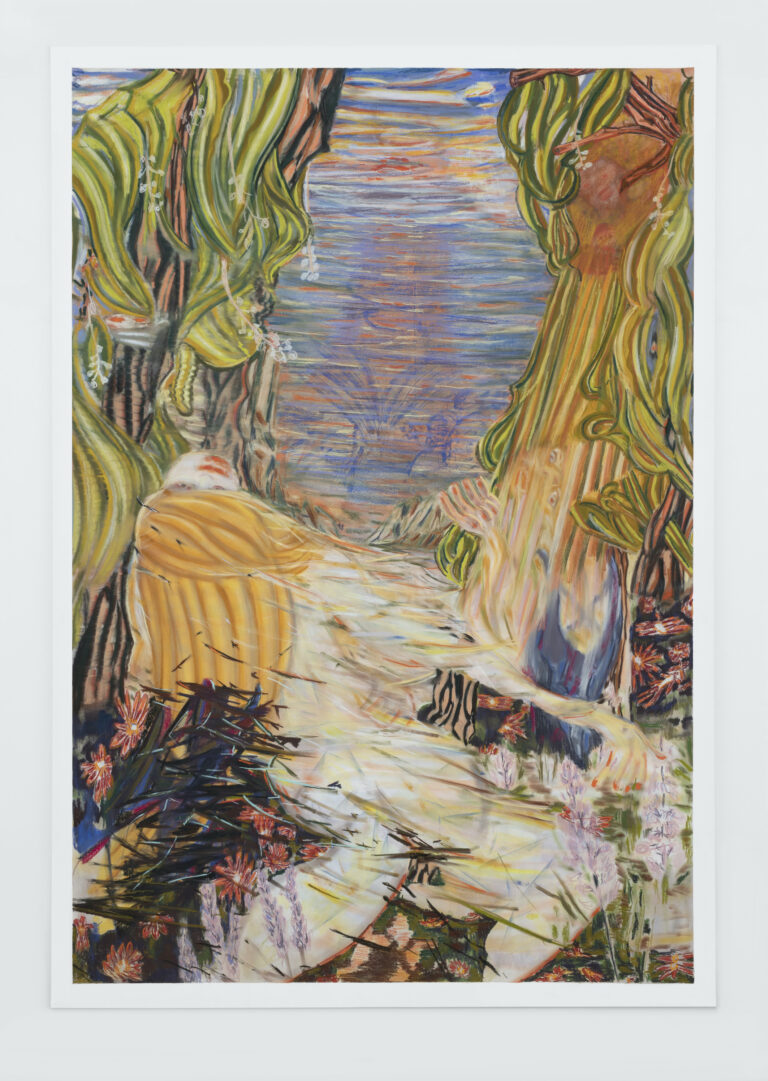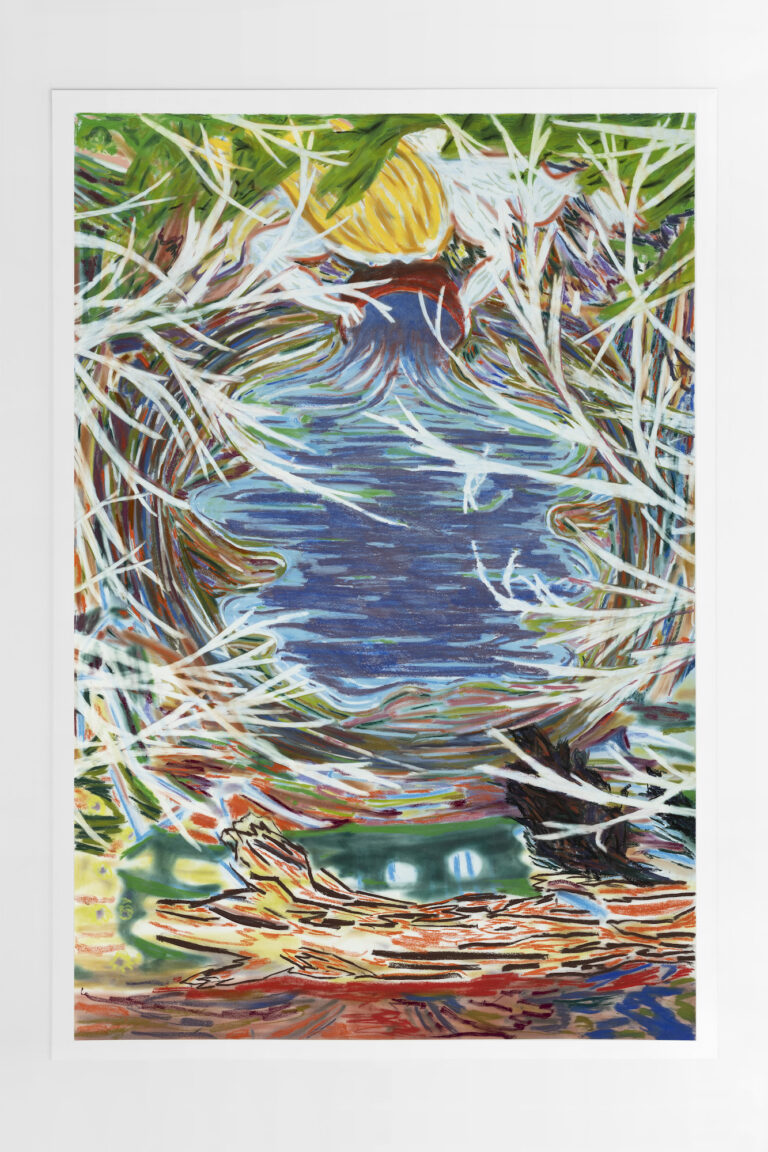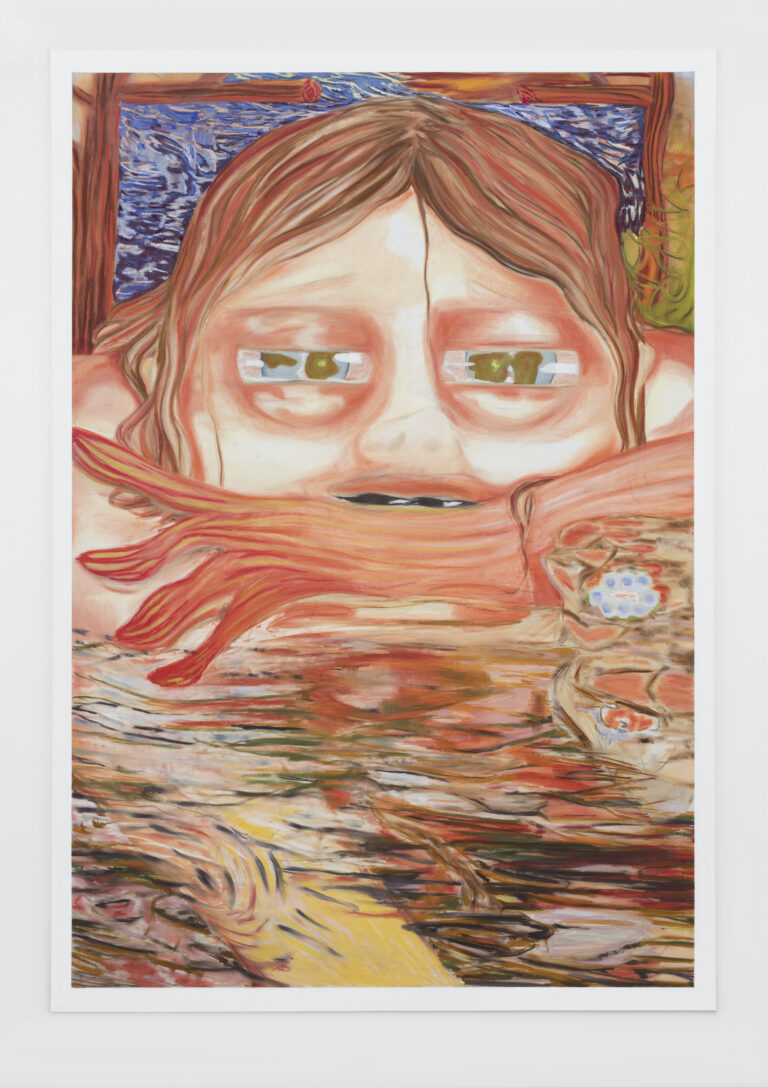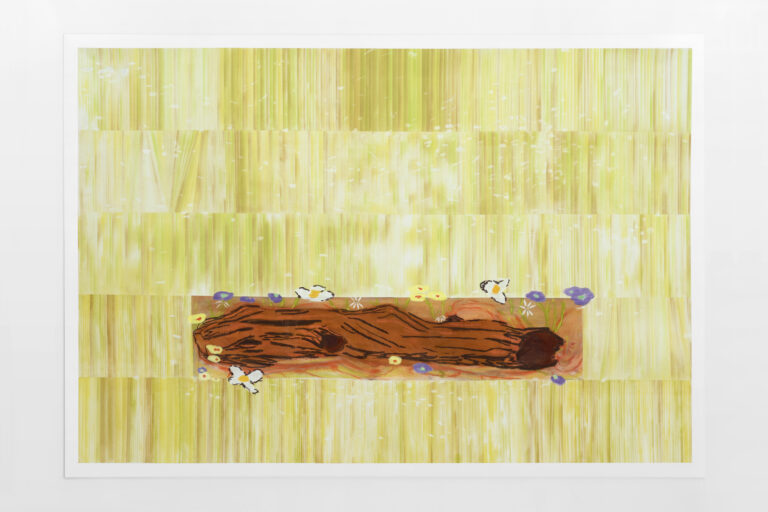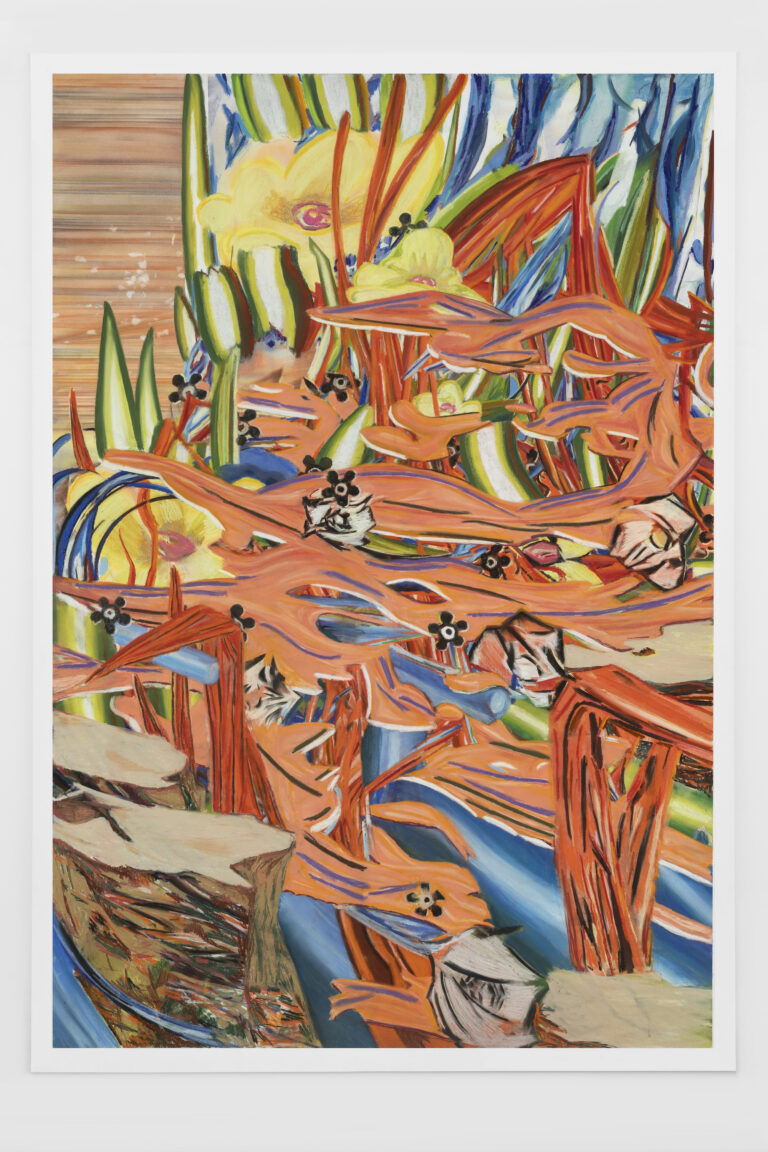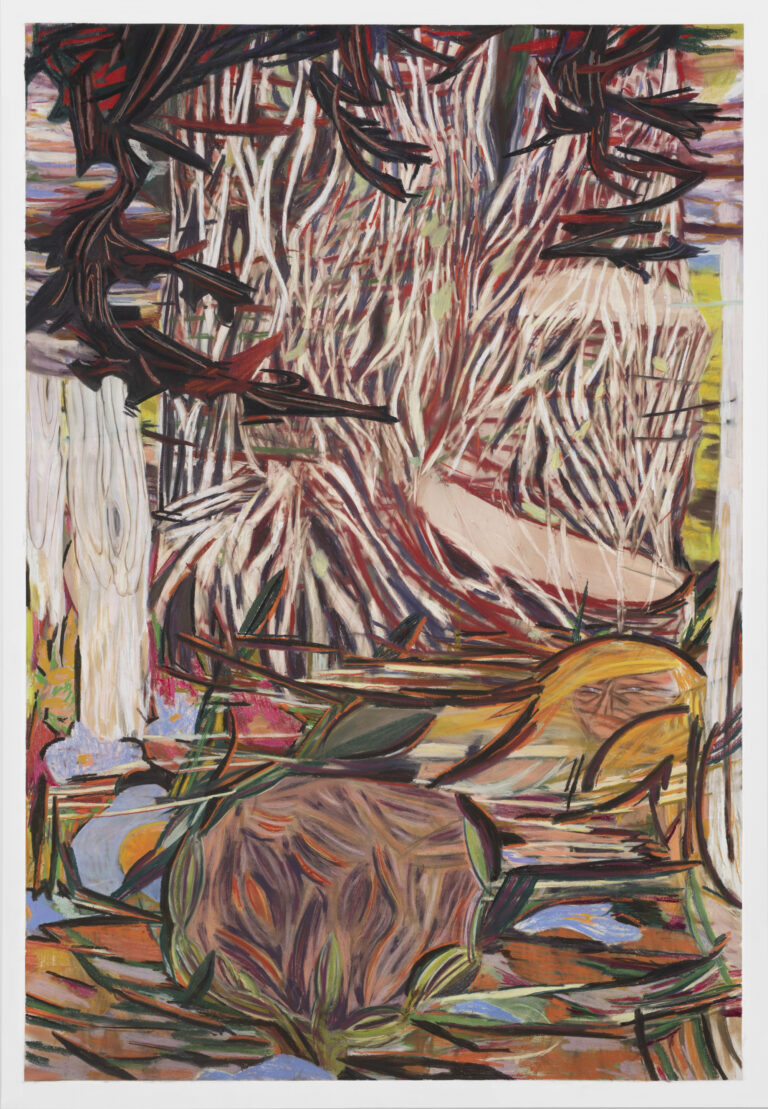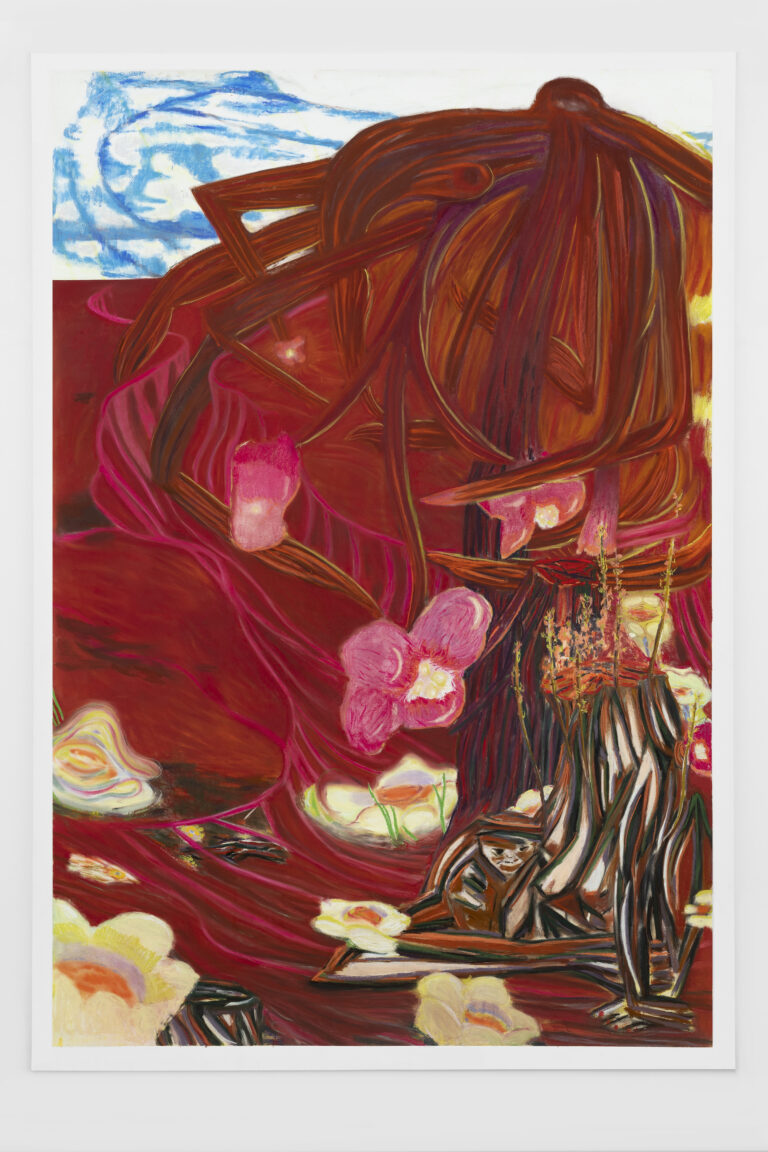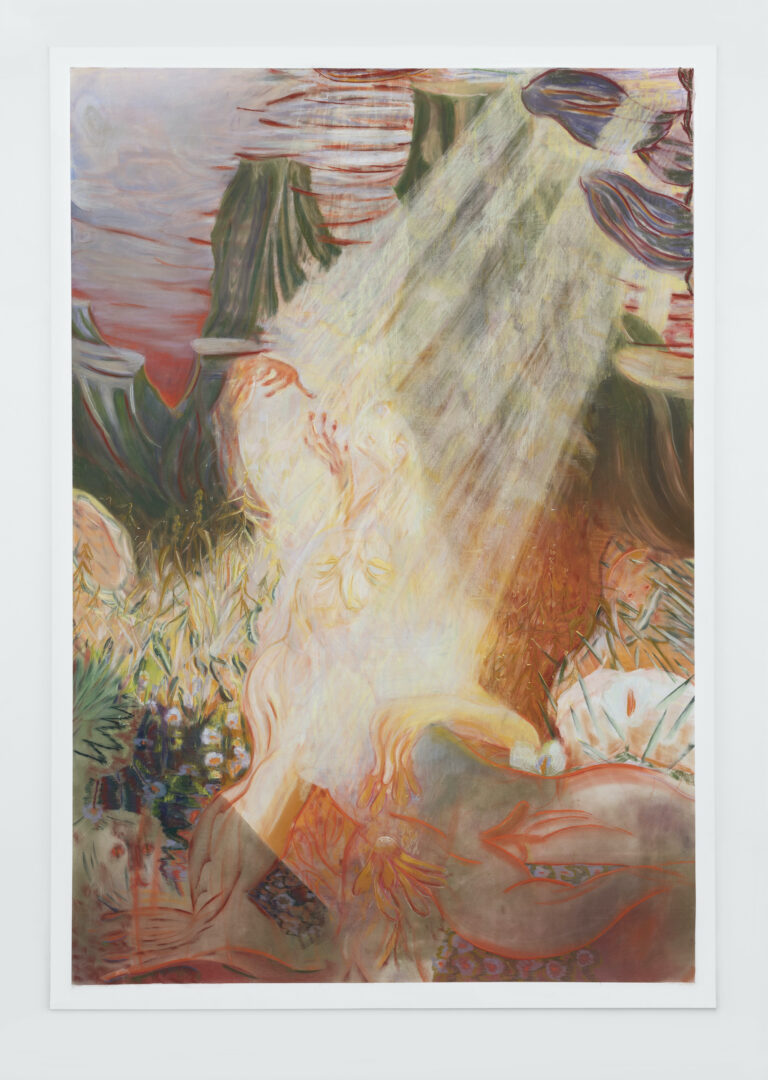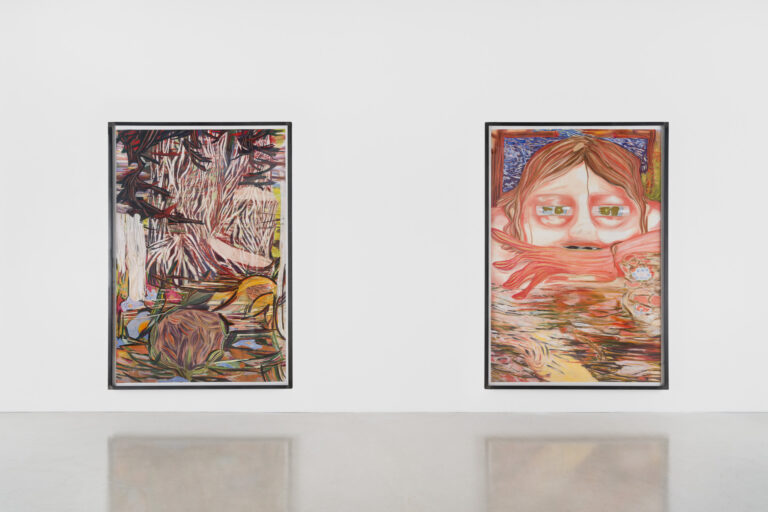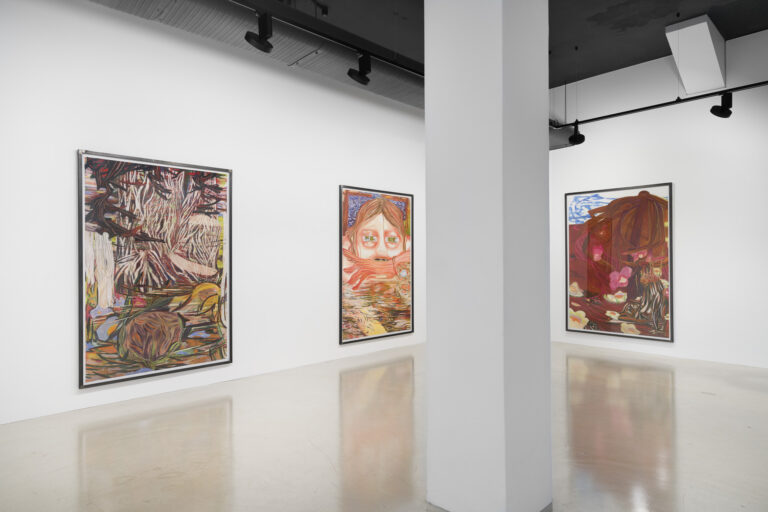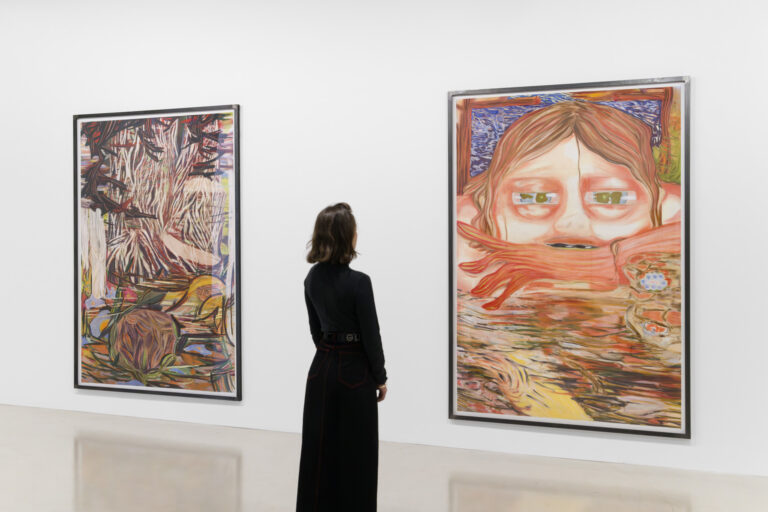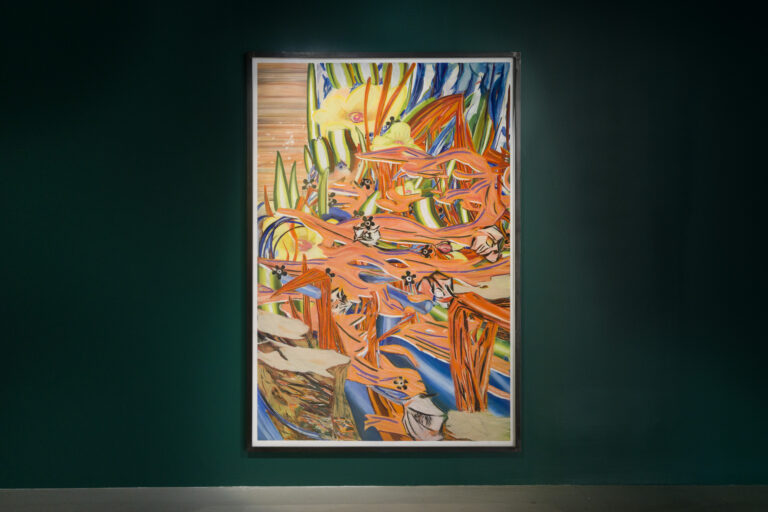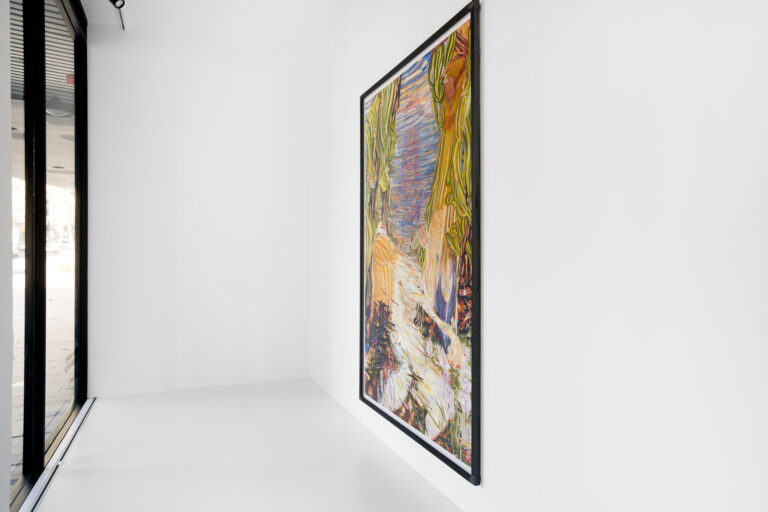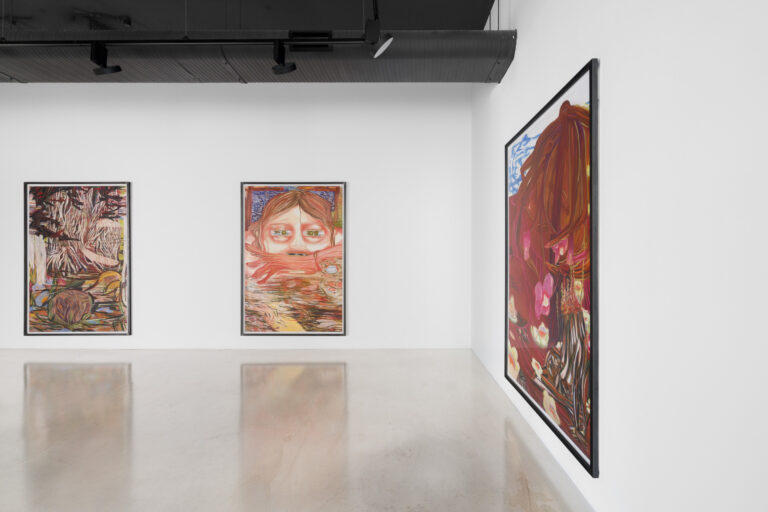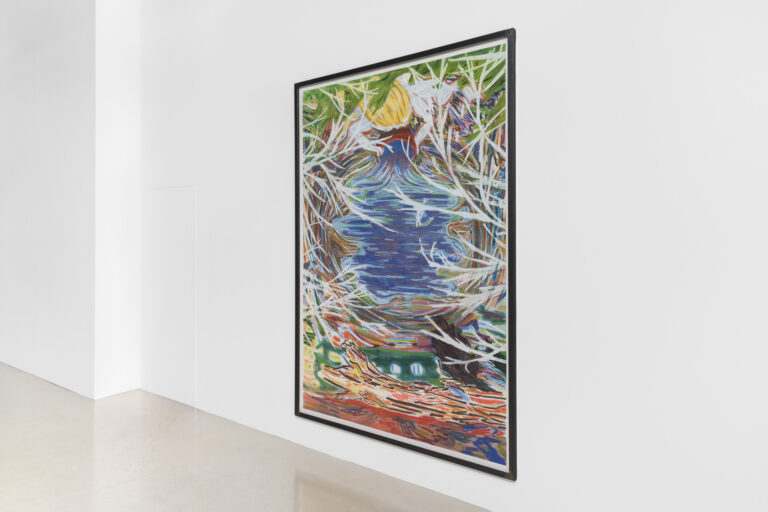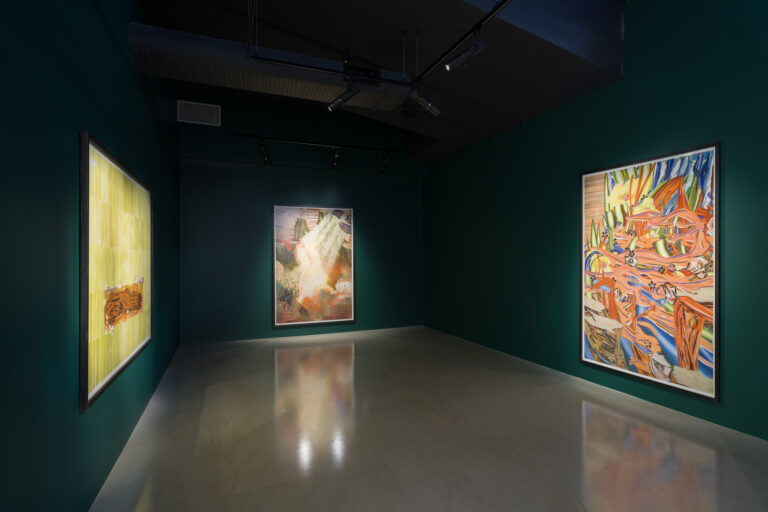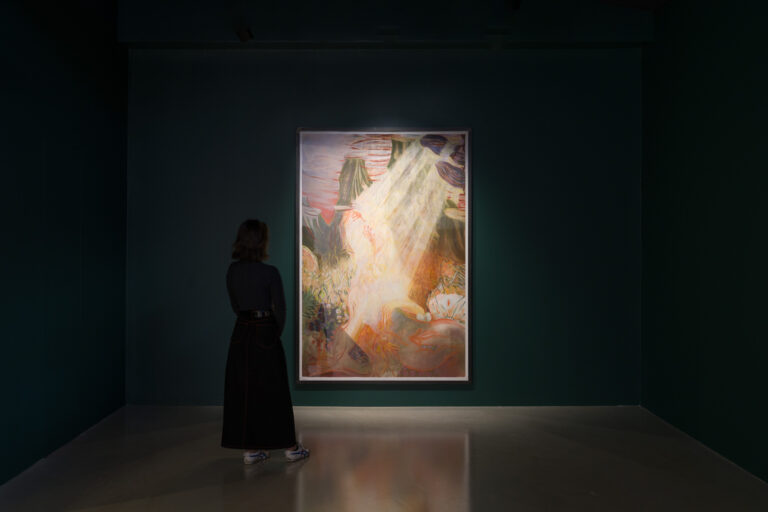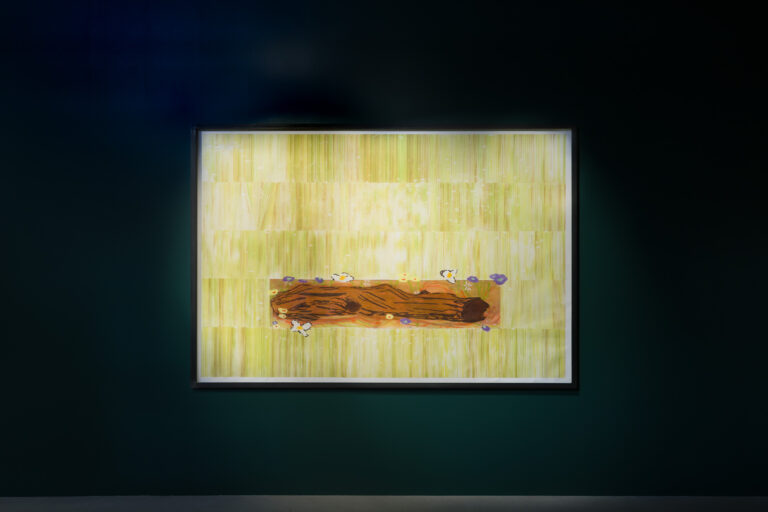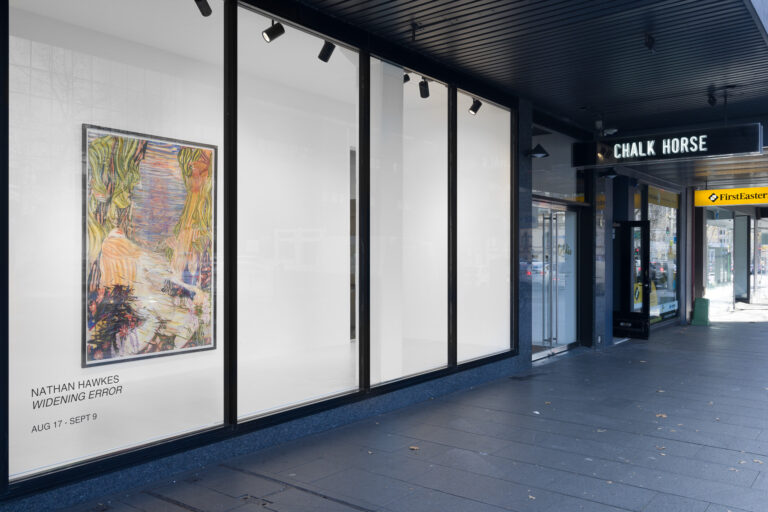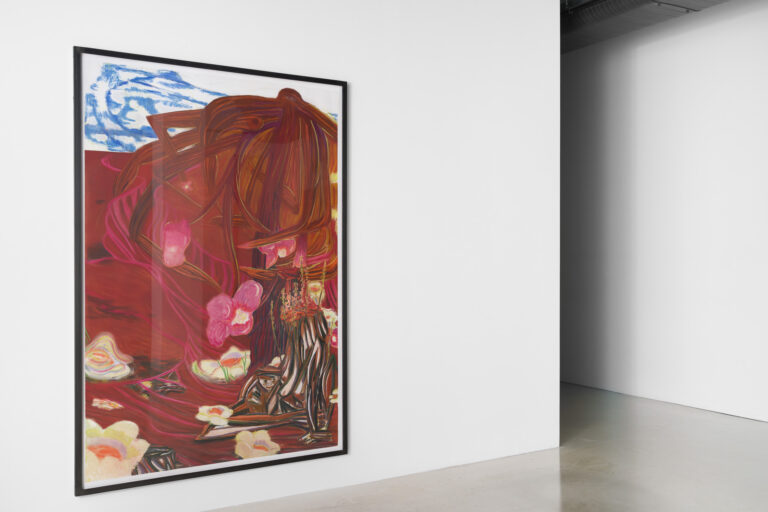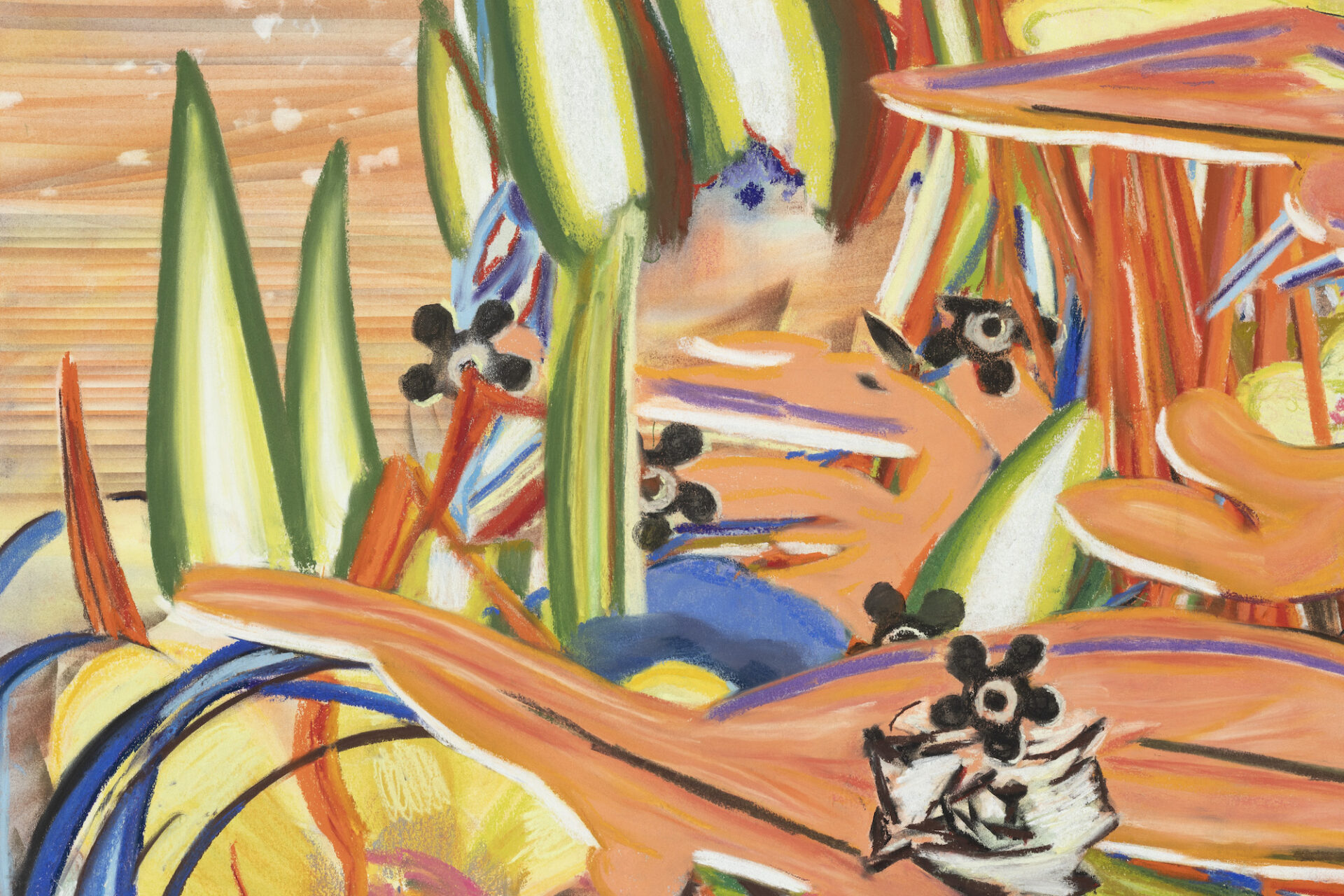
Artworks
Installations
The contours pushed and pulled in Nathan Hawkes new drawings in Widening error have every intention of being emergent and are devotedly immersive. That some of the process is still evident is enticing. That the work can operate as a record of its own being means we are able to trace some of the work’s dramatic evolution (Ashbery 2018). Like a ceremonial gathering. And Dionysus, the Greek God was born twice, of both foreign and imaginary origins (Carson 2004) and his essence is the sharp part of the inhale,I take, before I begin to understand, because first comes the scent, then comes the knowing.
How is it that Nathan Hawkes makes chalk pastel a tight tapestry tent stitch, a slice of luminous, hovering light and the undercurrent movements of a riverbed? I don’t know. To witness him turn material into instruments of vibrancy is spellbinding. The inherent qual- ities of chalk’s effortlessly crumbling form adheres to air like a magnet, speaking to the capacity in which Hawkes works; tenderly and with velocity to transform it. Because you need to keep kicking if you are swimming down. There is no point diving this far only to float to the top when you know holding the air will mean you can breathe inversely, exhaling longer. This material, preliminary, elementally, impermanently, instead pulsates with immediacy for Hawkes.
This lung capacity aerates the work like a sequence of whirling weights, evolving with assertion and intensity. Like an oil and water experiment, discord hums within the vessel holding the two until there is a meeting. “The game is getting it to work just enough to occupy the same space” (Hawkes 2023). It is clear, in him, and standing with the works, there is an untethered pleasure in the coming together of disagreeing tensions.
In Outside the chain of breathing, striking shards of light, instead of cleaving a subterranean world from our lives, brings a mood of unity. It is no longer lonely to traverse the densities of unfamiliar sensations. Sediments that you would expect to settle into the riverbed form a crown, celebrating agitation, floating in all their disturbed glory. Figures take their cue from this strange tone; they are insistent not to be captured by the light. Out of the window from here. There is a flag, loose, occasionally stroking a direction like a flaneur, one way out and back on itself.
The soft colour palette envelopes to no avail, the figures will not be stilled against vibrating vegetation. They are shrouded, fixed in an experience of multiple states. Because experiences usually don’t occur all at once. Some of us are so fastened to things, even when the change comes, our outline clings to that which is already expired.
The drawings in the exhibition Widening error invite the viewer into the foreground, a plant or figure poised, anchoring the base, refracting landscapes, enduring a shift of unmediated gestures. A direct, more bodily mark allows an opening for participation within the weave. In Autumn error, bold, graphic black and white punctuates the spectrum of rich colours. A mass of forms is grounded by the central bloom rooted in the base. There is a sustaining assertion of the various members assembling, trunk, leaf, flower, face. A dramatic curtain hovers along the top of the work, as it does in others too, offering a frame to hold these terrains, for a moment. I’m thinking of a high-bounce red ball in this work. Of Hawkes marking out the recoiling rhythms, keeping the ball moving, his dexterity in forming their vibrant rebounds in the dimensional layers.
Smelling my way through these spaces I become heady with a scent that orients me out of the work and then back in, residing in the cool density where to note my place, I fold the corner of the edge, come up for air and dive again wondering if that was real or did I fill in the gaps to form that subterranean place? My eyes, compelled by grazes of hues and strikes of print-like lengths, wander.
References
1. Earnest J [Editor] (2018) What it means to write about art: interviews with art critics/ John Ashbery chapter David Zwirner Books New York
2. Aitken W and Carson A (Fall 2004) ‘The Art of Poetry No. 88, Issue 171, Paris Review
3. Conversations with Nathan Hawkes during the Concordia artist residency program and studio visit to Meryla.
Hannah Chapman, 2023

